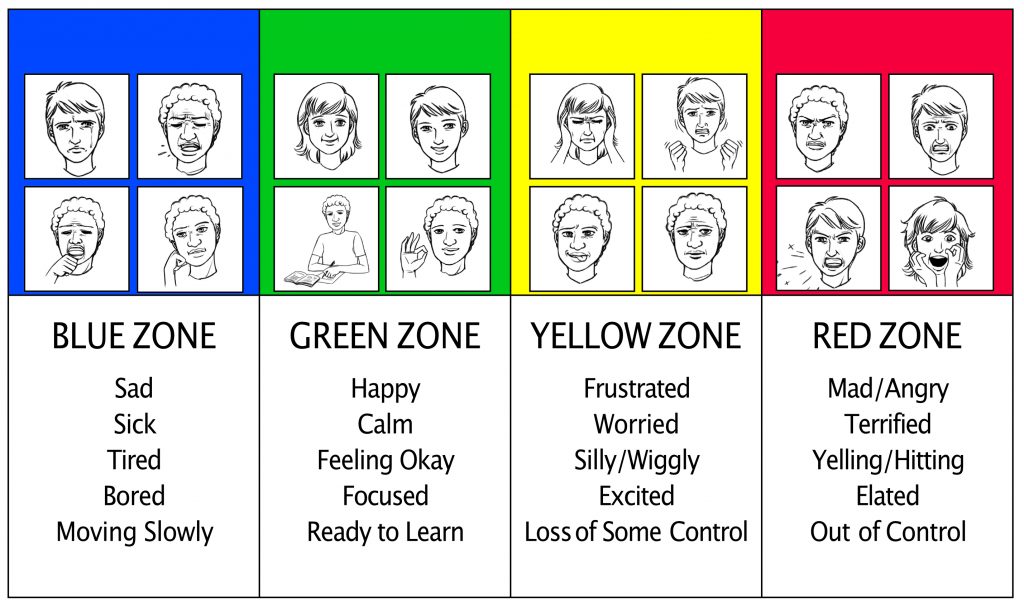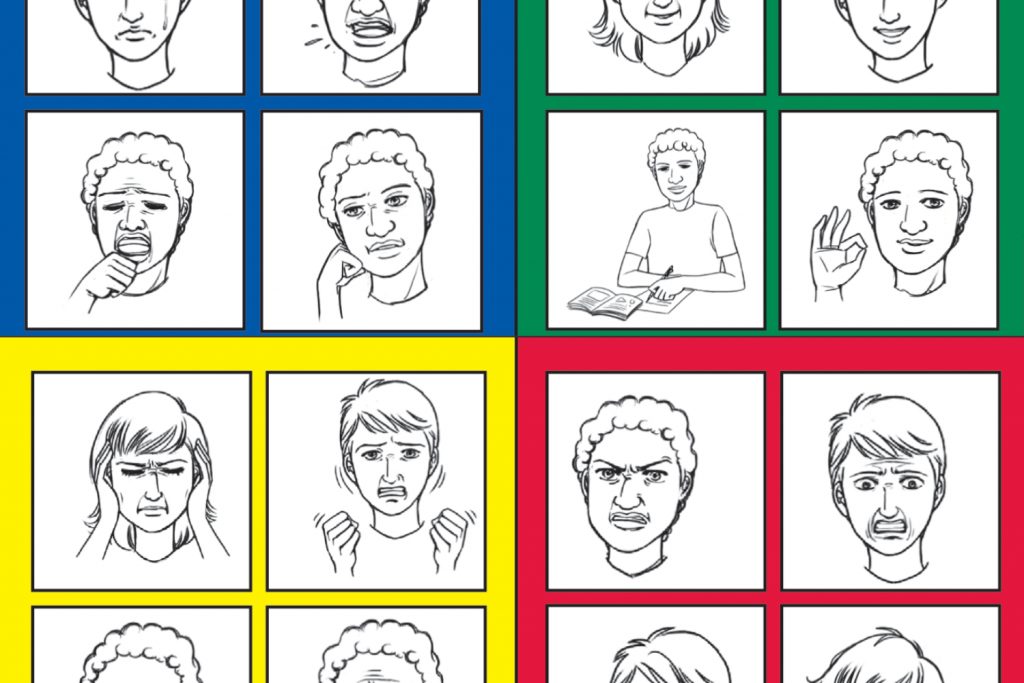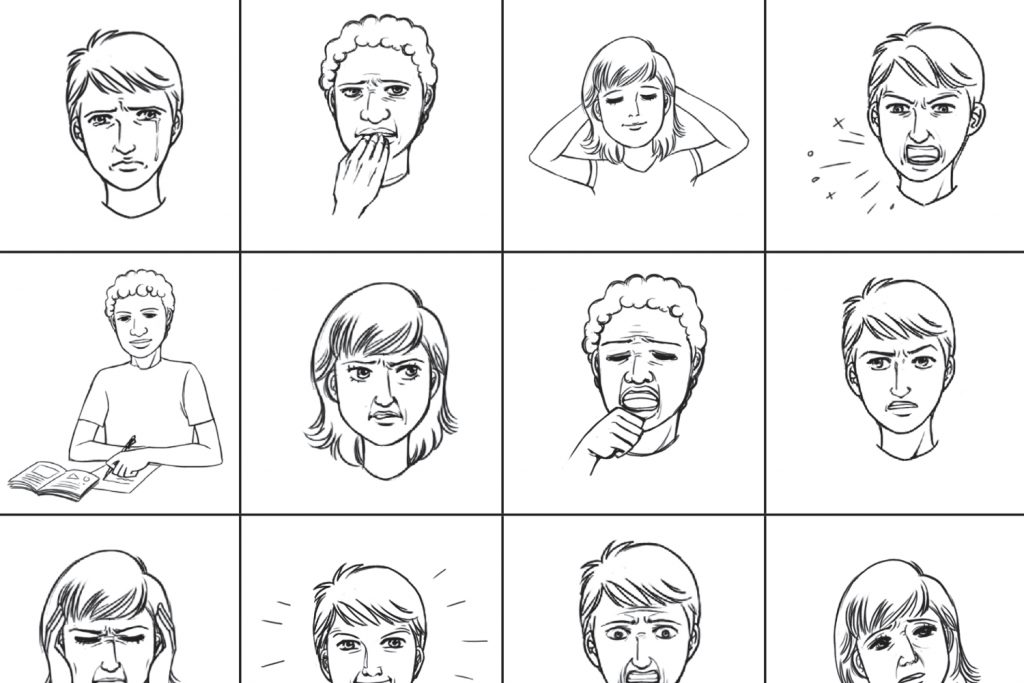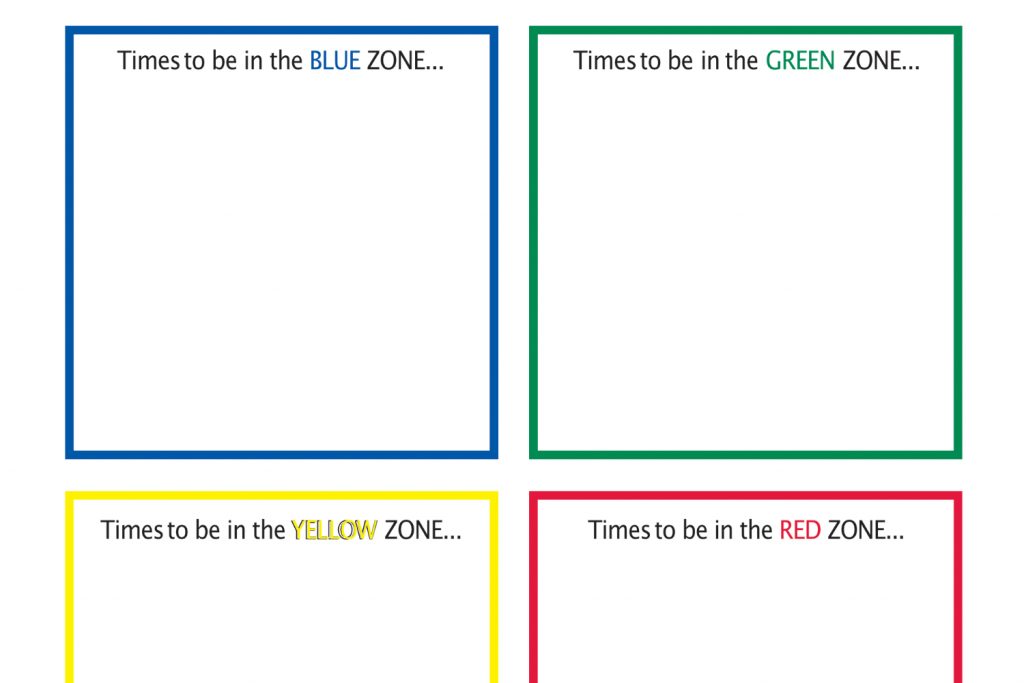The Zones of regulation is a program to help your child learn to gain skills in the area of self-regulation. Self-regulation is the best state of alertness of both the body and emotions for a given situation.
During the unforeseen school closures, Kativik Ilisarniliriniq is making the Zones of regulation lessons available on this platform to help your children consolidate their self-regulation skills.
The Zones
A very important component of the program is to learn about the zones, the feelings and emotions that fall under each one, and to be able to recognize them in real life. These simple lessons will help your children reach these goals.
It is important to note that everyone experiences all of the zones – the Red and Yellow Zones are not the “bad” or “naughty” zones. All of the zones are expected at one time or another. The Zones of Regulation is intended to be neutral and not communicate judgement.

Lessons
We suggest going through the lessons in order. More lessons will be added to this page shortly!
Suggestions
In order for the program to be successful, it is important for your children to integrate the Zones of regulation very well. Here are a few suggestions that can help:
- Post the Zones of Regulation poster on your fridge as a reference.
- Use the language and talk about the Zones in a variety of places (while having dinner, getting ready for bed, cooking, playing outside, hunting).
- Make comments out loud so the student understands it is natural that we all experience the different zones and use strategies to control or regulate ourselves. For example, “This really frustrates me, and it’s making me go in the yellow zone. I need to use a tool to calm down. I will take some deep breaths.”
- Help your child gain awareness of his or her zones and feelings by pointing out your observations.
- Talk about what zone is “expected” in the situation or how a zone may be “unexpected”. Share with your child how his or her behaviour is affecting the zone you are in and how you feel.
- Help the student become comfortable using the language to communicate his or her feelings and needs by encouraging the student to share his or her zone with you. Make sure you reinforce the student for being in the expected zone rather than only pointing out when his or her zone is unexpected.
Vocabulary
The Zones of regulation Glossary can help you with technical terms related to the program.



